In the RNA world, RNA evolved to perform all sorts of different jobs — and that is exactly what Andy’s lab is trying to do now: evolve RNA molecules that perform useful jobs, such as binding to a tumor cell or stopping viral replication. This technique is called directed evolution.
How do biologists “evolve” RNA in a test tube? The same way that a population of organisms evolves in the real world: natural selection. It works like this:
| Natural selection in the wild |
Artificial selection in the lab |
|||
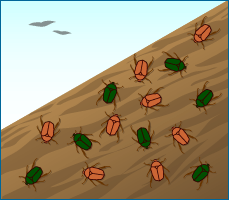 |
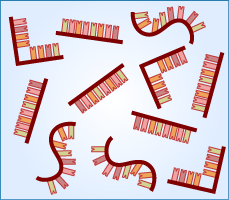 |
|||
| 1. There is variation in a population of organisms.
|
1. There is variation in a population of RNA molecules. | |||
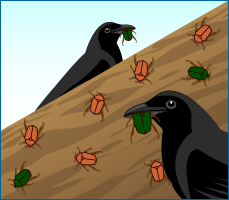 |
 |
|||
| 2. Some variants are more likely to survive than others.
|
2. RNAs that perform a particular job are more likely to be selected than others. Selected RNAs are removed from the original pool.
|
|||
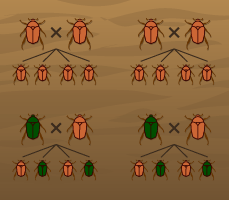 |
 |
|||
| 3. Survivors reproduce.
|
3. Selected RNAs are copied. | |||
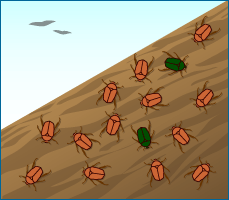 |
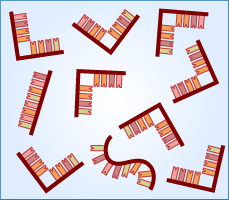 |
|||
| 4. The population has evolved and now contains more individuals with the selected trait. | 4. The population of RNA has evolved and now contains more useful molecules. |
.
.
.
| As time passes, selection and reproduction (steps 2-4) are repeated for each generation. |
.
.
.
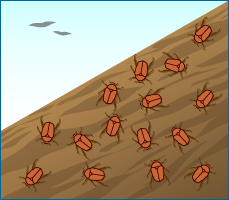 |
 |
|||
| 5. After many rounds of selection, the entire population has the selected trait.
|
5. After many rounds of selection, the entire population consists of useful molecules. | |||
So natural selection can operate on any varying set of individuals that reproduces via genetic inheritance — even if an “individual” is simply a molecule like RNA and is not technically alive (whatever “alive” is)!
Dig deeper: Find out how Andy uses mutation to his advantage or learn more about the process of natural selection.
Get tips for using research profiles, like this one, with your students.
